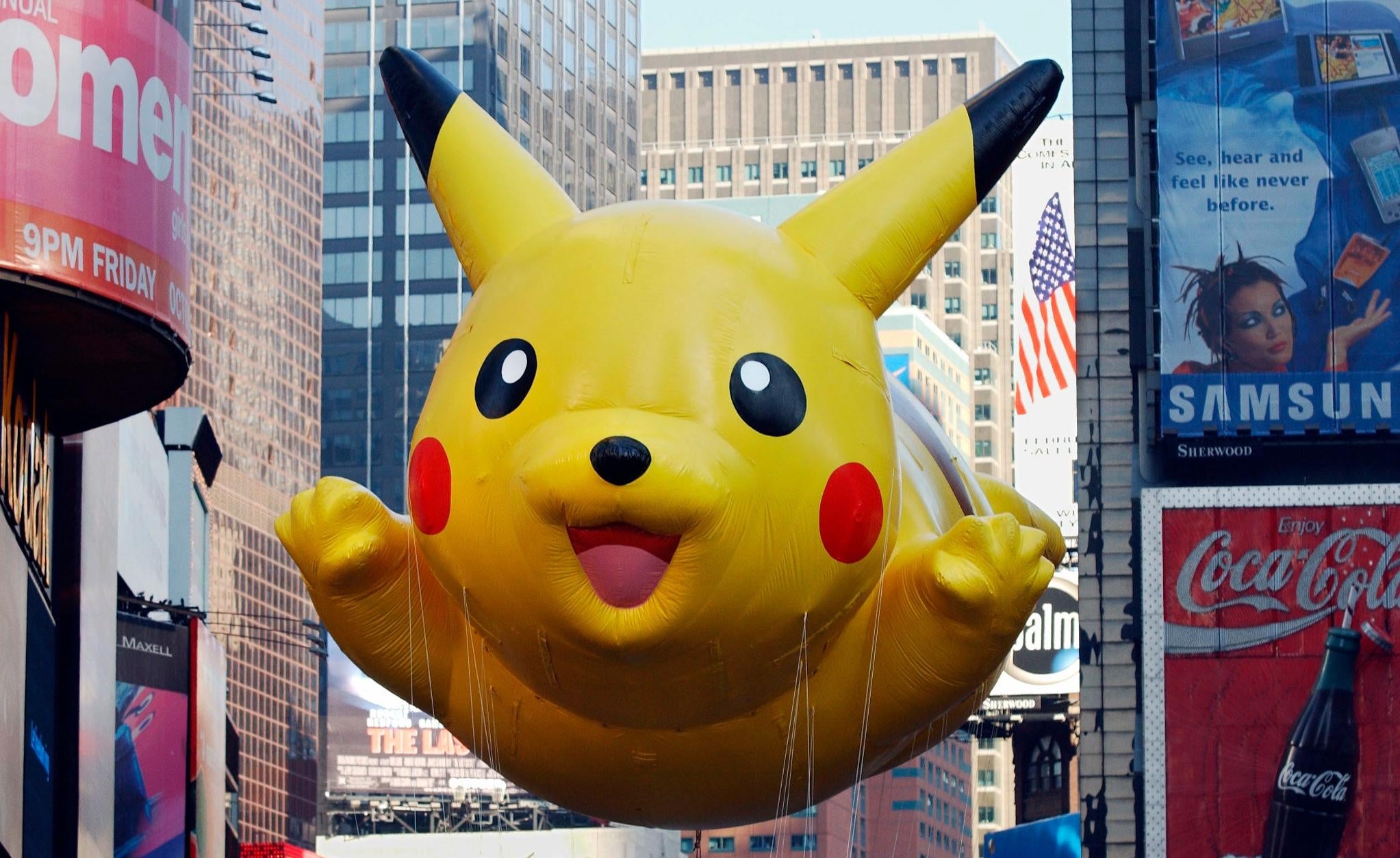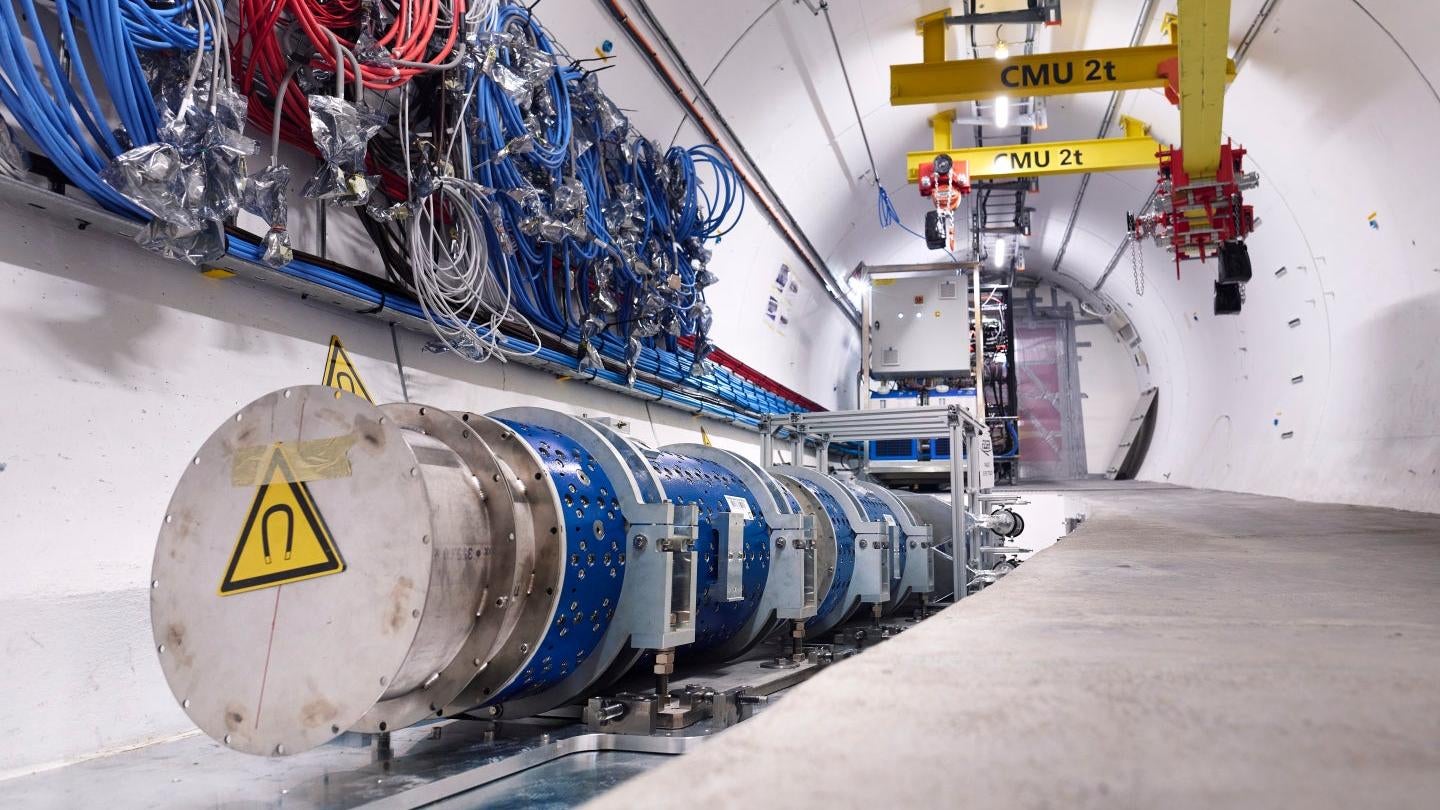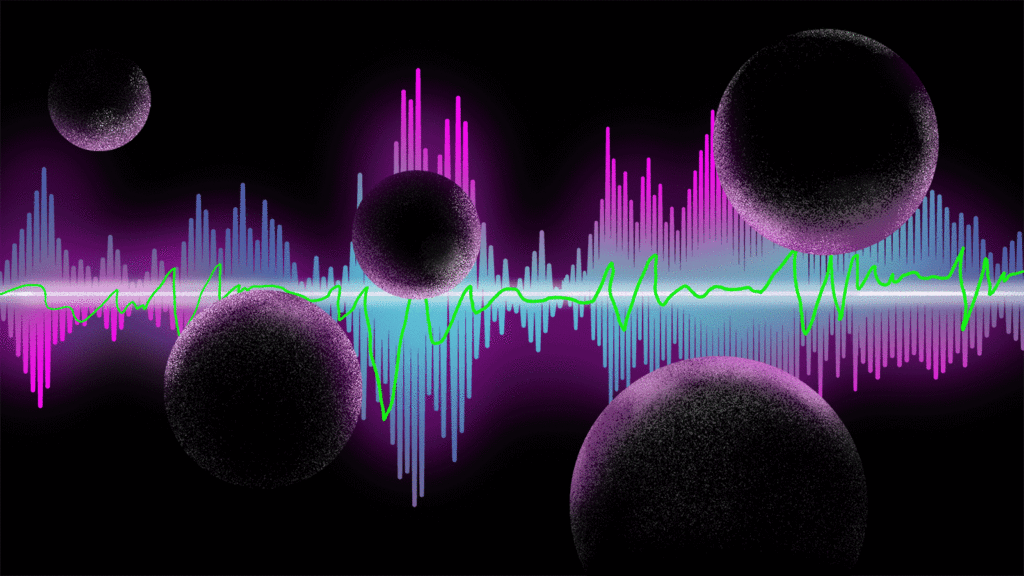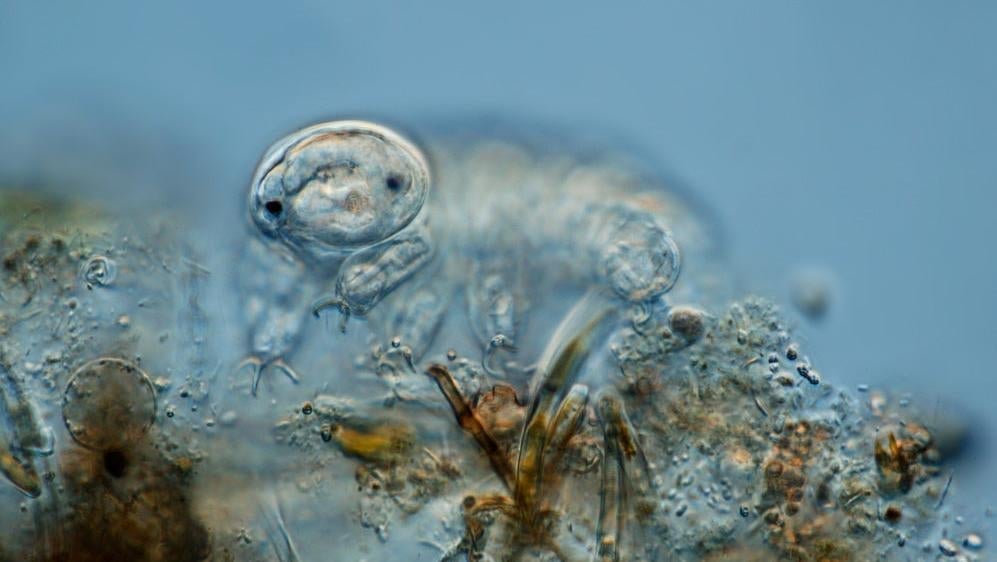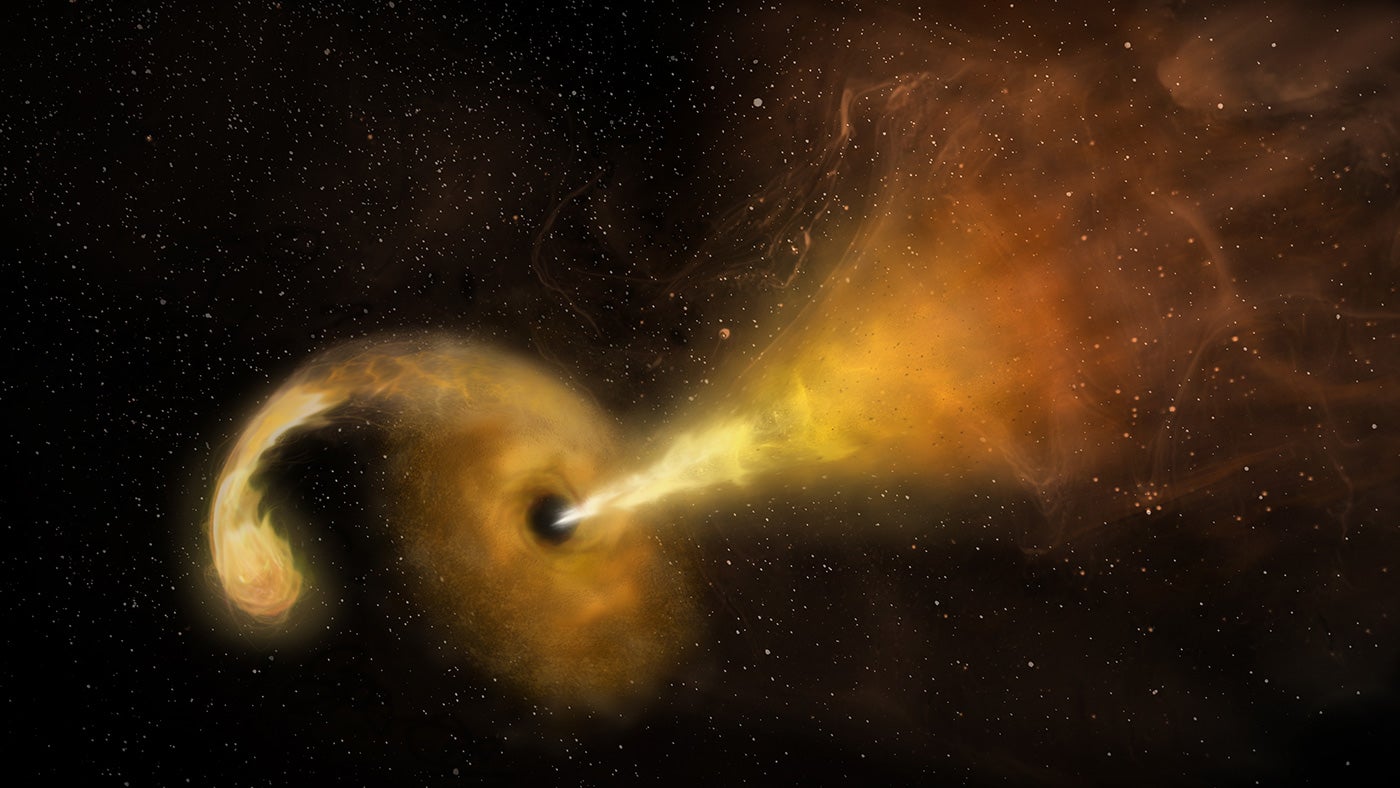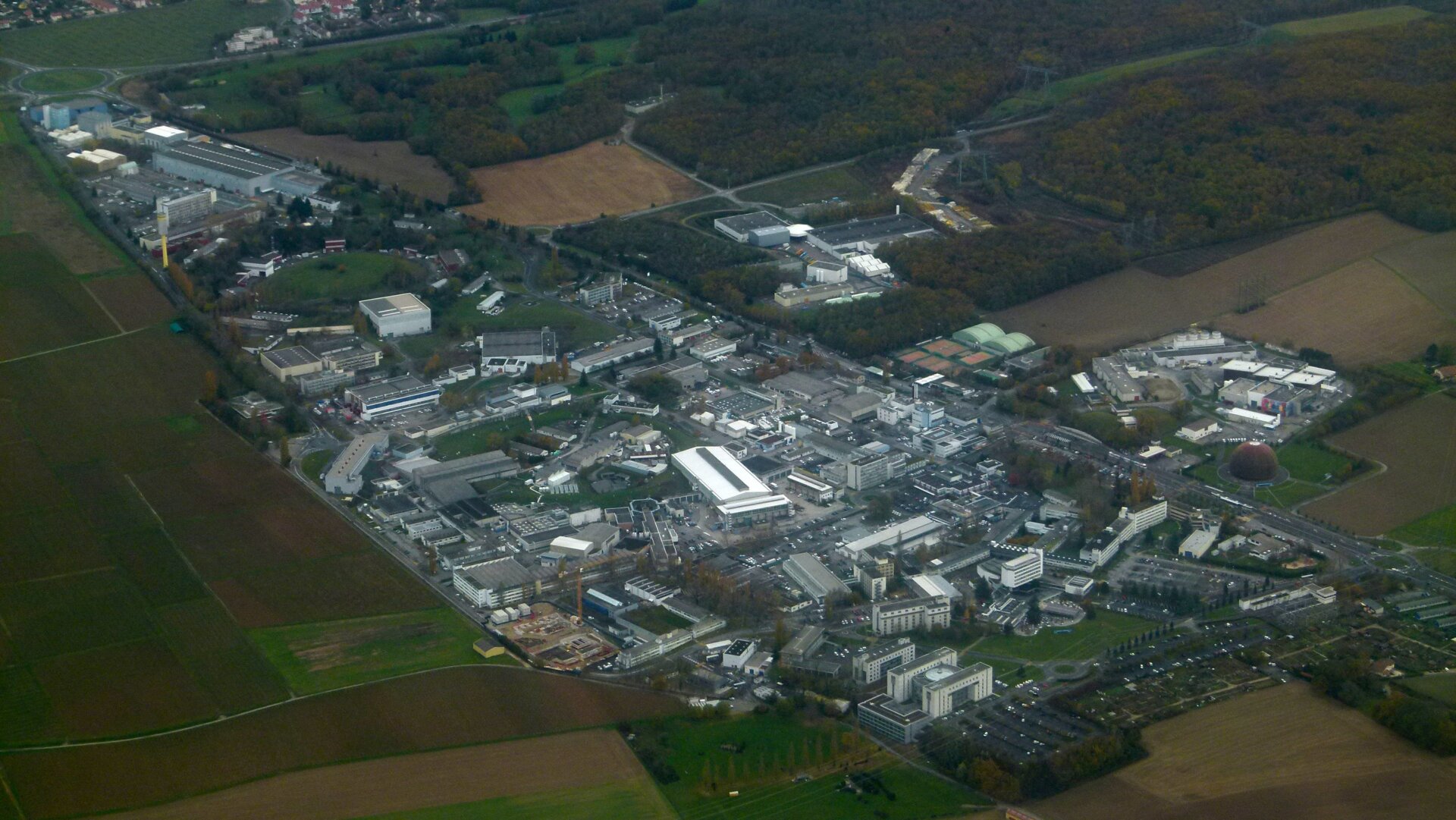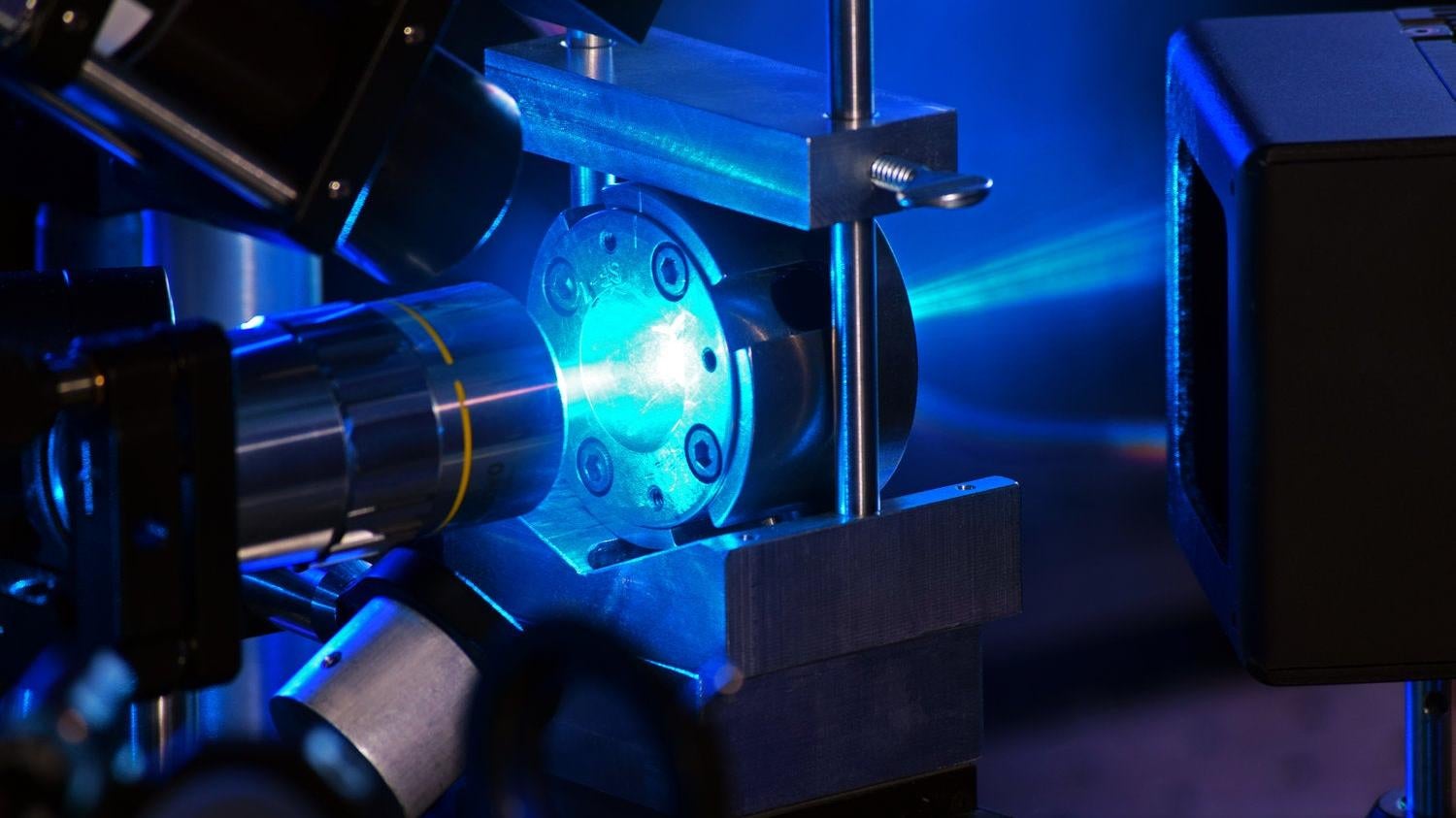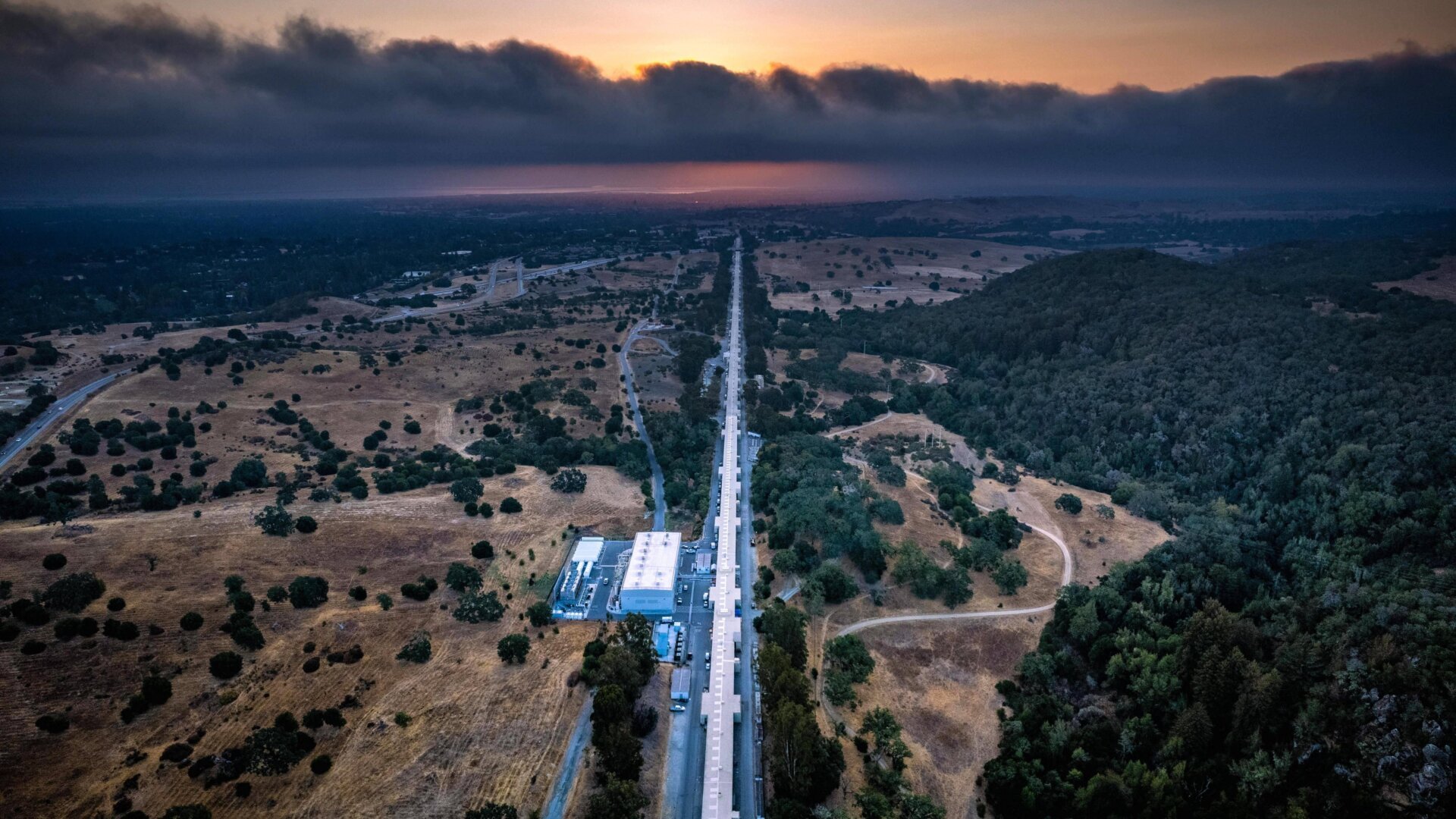The Macy’s Thanksgiving Day Parade, a cherished annual tradition in New York City, uses approximately 400,000 cubic feet of helium to inflate its iconic giant balloons. Beyond its buoyant and nonflammable properties—ideal for parade floats—helium plays a crucial role as a cooling agent for superconductive materials, powering essential scientific and medical technologies like MRI machines and particle accelerators such as the Large Hadron Collider. But how does the helium used in a giant inflatable Snoopy or Pikachu compare to the amount used in scientific research?
Helium is one of the lightest and most abundant elements in the universe. However, Earth’s helium supply is finite, primarily obtained as a byproduct of mining operations. Recent years have seen concerns about helium shortages. According to helium market expert Phil Kornbluth, the pandemic significantly impacted helium demand. In June 2020, Physics Today reported that, unlike previous years, researchers were experiencing no difficulties acquiring the helium necessary for their work.
Global helium demand has rebounded after the pandemic dip. Kornbluth notes that new extraction projects in Qatar and eastern Russia signify a “long-term inflection point for helium supply,” anticipating a permanent increase in global availability. So, there’s no need to criticize Macy’s for its annual helium usage. “Macy’s is a drop in the bucket,” Kornbluth assures.
While balloon volumes vary—Macy’s stars measure 25 feet wide and tall, while the Dragon Ball Z Goku reaches 70 feet long and 56 feet tall—each balloon reportedly uses an average of 12,000 cubic feet of helium, a frequently cited figure. Other sources cite 15,000 cubic feet. Macy’s did not respond to MaagX’s request for official numbers. Considering a standard party balloon holds about 0.4 cubic feet of helium, it would take roughly 30,000 party balloons to equal the helium in a single Macy’s parade balloon.
 An 80-foot-long inflatable superhuman is pinned to the ground on Manhattan’s Upper West Side.An 80-foot-long inflatable superhero balloon secured during preparations for the Macy’s Thanksgiving Day Parade in Manhattan’s Upper West Side.
An 80-foot-long inflatable superhuman is pinned to the ground on Manhattan’s Upper West Side.An 80-foot-long inflatable superhero balloon secured during preparations for the Macy’s Thanksgiving Day Parade in Manhattan’s Upper West Side.
A critical application of helium lies in medical imaging. Liquid helium’s extremely low temperature enables the superconducting magnets in MRI machines, facilitating non-invasive, high-resolution imaging of soft tissues. Although newer MRI technologies allow for helium reuse, conventional MRI machines use about 1,500 to 1,700 liters of liquid helium, requiring periodic refills. One liter of liquid helium equates to roughly 26.63 cubic feet of gaseous helium at standard atmospheric pressure. This means, approximately, the helium in three Macy’s parade balloons could supply one MRI machine.
Beyond medical applications, helium is crucial for scientific research. The Large Hadron Collider (LHC) at CERN in Switzerland utilizes liquid helium to cool its eight curved sections. This cooling is essential for accelerating and colliding particles, enabling physicists to discover new particles, as with the Higgs Boson in 2012. In 2014, the LHC required 130 metric tons of liquid helium delivered weekly by truck.
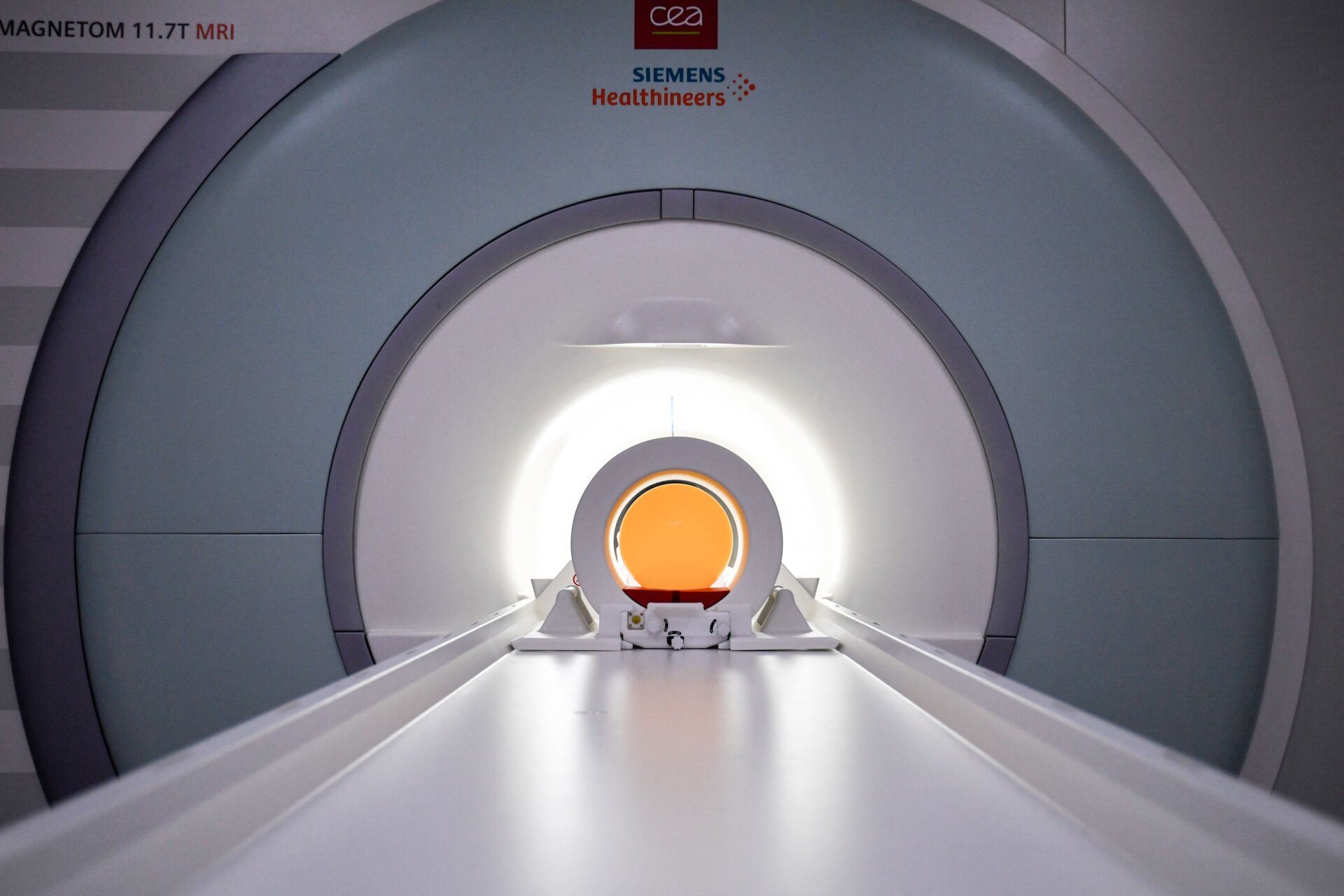 One of the world’s most powerful MRIs uses superfluid helium to cool its magnets.A high-field MRI machine utilizes superfluid helium to maintain the extremely low temperatures required for its superconducting magnets.
One of the world’s most powerful MRIs uses superfluid helium to cool its magnets.A high-field MRI machine utilizes superfluid helium to maintain the extremely low temperatures required for its superconducting magnets.
Helium also finds use in astrophysics. Similar to Macy’s, NASA employs helium for balloon lift, although NASA’s balloons reach significantly higher altitudes. These high-altitude balloons facilitate astronomical observations, atmospheric studies, and the detection of high-energy radiation from space. In 2009, NASA secured a five-year contract for $56.5 million, acquiring 12.5 million liters of liquid helium and 212 million cubic feet of gaseous helium. The agency can use up to 100 million cubic feet of helium annually. Helium also serves as a purge gas in hydrogen systems, making it vital for rocket launches. NASA stands as one of the world’s largest helium consumers, relying on it for many projects.
Since the introduction of balloons to the Macy’s Thanksgiving Day Parade, helium has been the lifting gas of choice, with one notable exception. In 1958, a helium shortage forced Macy’s to use air-filled balloons hoisted by cranes. Hopefully, future shortages won’t necessitate such measures.



